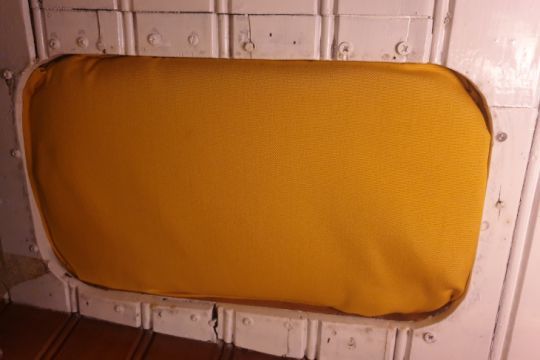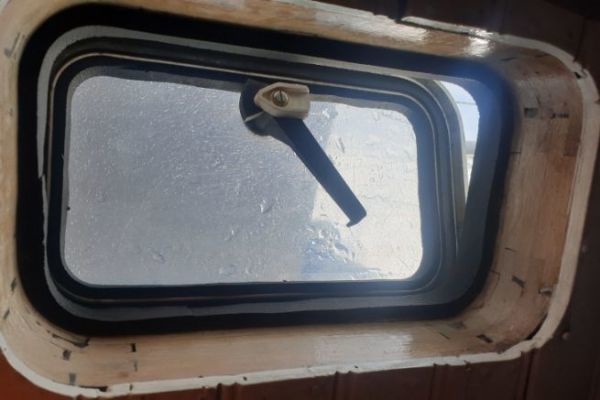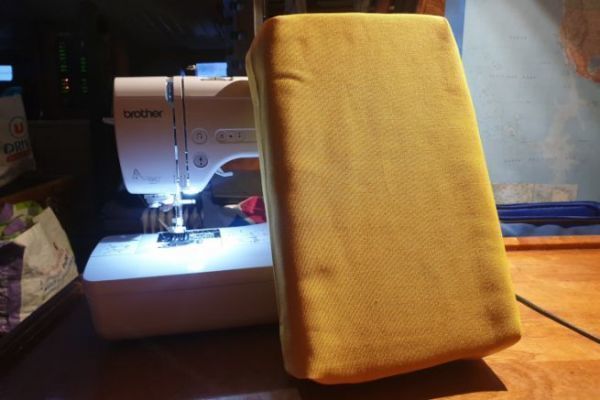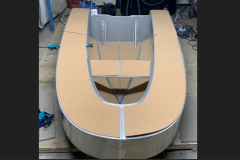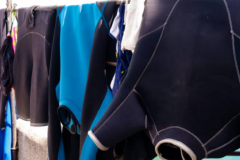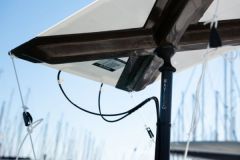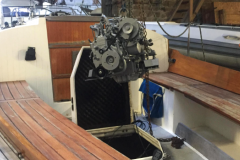You have just renewed your mattresses or your cushions, but you don't know what to do with the old foam of your upholstery? You can use some of it to insulate your windows when it's cold. We explain how to do it.
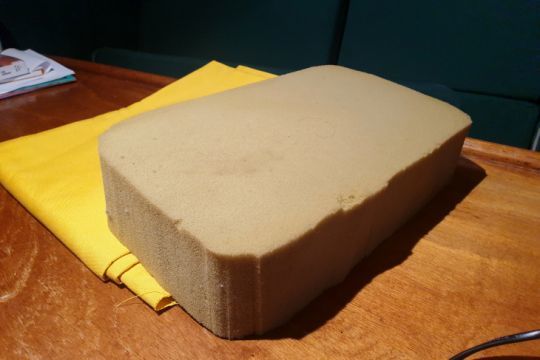
Cutting the foam
The first step is to cut a piece of foam to the size of the window. For a good insulation, we prefer foams with a minimum thickness of 6 cm. The cushion will hold by compression around the porthole, so do not cut it too small.
There are foam saws that are particularly well suited to this job, but if you don't have one, an electric knife works just fine. If you don't have one, a large, sharp, classic knife will also work.
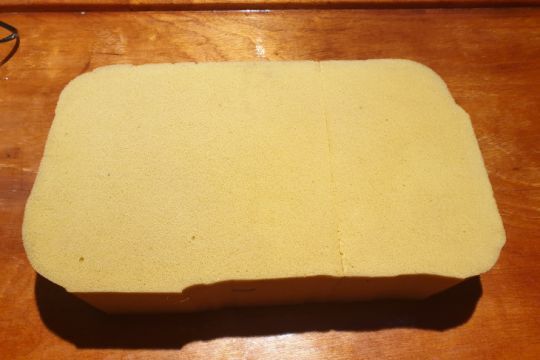
Sewing of the cover
The simplest cushion cover to make is the wallet cover, like a pillow for example. The size of the fabric will depend on the size of your porthole and therefore of your foam. It will be a question of adjusting it well to avoid that it yawns or, according to your level of sewing, to move towards a more elaborate cover. Choosing a slightly elastic fabric will give a better result.
Calculation of fabric size
For a rectangular porthole, the foam has a height, a width and a thickness. In my example, the foam is 21 cm high, 43 cm wide and 8 cm thick. To insert the foam more easily, we will create the opening in the largest length. We will calculate as follows:
- height : height of the cushion + thickness x 2 + 10 cm
- width : width of the cushion + 2 cm
In my example, this gives:
- height : 21 + 8 x 2 + 10 = 68 cm
- width : 43 + 2 = 45 cm
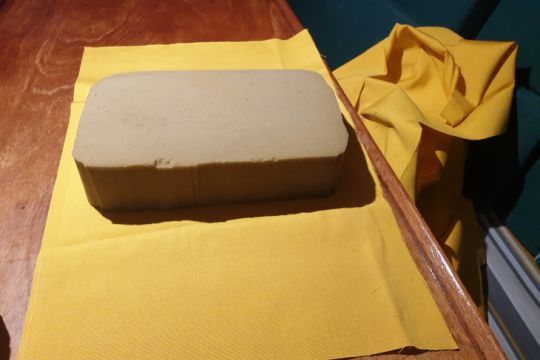
Preparation of the cover
After cutting the fabric to the right size, it is best to overcast the edges to prevent fraying. Then, hem the fabric with a 1 cm cuff in the narrow width of the fabric, on both sides.

Then, pin the fabric for the seam on both sides, on the reverse side. To make sure it fits properly, you can mark it with pins around the foam that you remove before sewing.
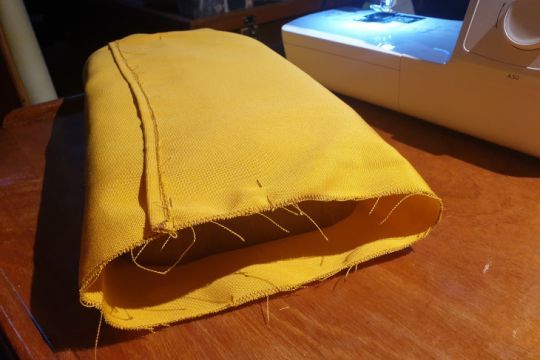
Once sewn, simply flip the cover over and insert the foam.
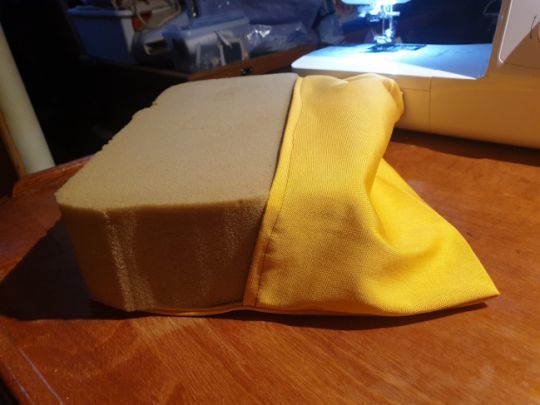
The cushion is placed against the window and is held by compression. It avoids condensation and insulates from the cold. It also allows in the cabins to replace the curtains for the night.
